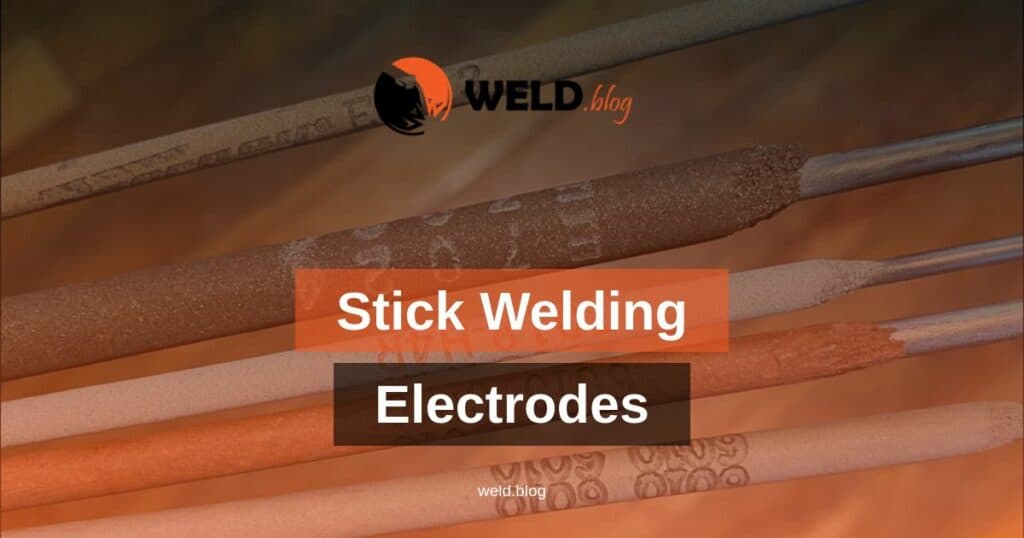Stick welding, also known as Shielded Metal Arc Welding (SMAW), is a welding technique that involves using stick welding electrodes. This type of welding is used in many industries, including construction, manufacturing, and repair. Stick welding is a popular welding technique because it is relatively easy to learn and produces high-quality welds. In this article, we will cover everything you need to know about stick welding electrodes.
What are Stick Welding Electrodes?
Stick welding electrodes are metal rods coated with a flux. The flux helps protect the weld pool from contamination, improves the stability of the arc, and provides shielding gas to the weld pool. The coating on the electrode melts during the welding process and forms a protective layer over the weld.
Types of Stick Welding Electrodes
There are many different types of stick welding electrodes on the market, each designed for a specific purpose. The most common types of stick welding electrodes include:
- 6010 – This electrode is designed for use on thin sheet metal and can penetrate deeply into the metal. It is commonly used in construction and repair.
- 6011 – This electrode is similar to the 6010 electrode but can be used on a wider range of materials, including cast iron and mild steel. It is commonly used in maintenance and repair work.
- 7018 – This electrode is designed for use on thicker metal and produces a strong, sturdy weld. It is commonly used in structural fabrication and heavy machinery repair.
How to Use Stick Welding Electrodes
Using stick welding electrodes is relatively easy if you follow the correct technique. Here’s a step-by-step guide:
- Prepare the surface – The surface to be welded must be cleaned of any oil, rust, or other contaminants.
- Attach the electrode – Insert the electrode into the electrode holder and tighten the screw to hold it in place.
- Select the correct amperage – The amperage should be selected based on the electrode diameter and the thickness of the material being welded.
- Start the arc – With the electrode in place, strike an arc by tapping the rod gently against the metal and quickly pulling it back.
- Weld the joint – Keep the electrode at a 10-20 degree angle and move it slowly along the joint, producing a molten pool of metal that joins the two surfaces together.
- Finish the weld – Once the weld is complete, remove the electrode from the holder and let it cool down before cleaning up the area.
Tips for Using Stick Welding Electrodes
Stick welding electrodes can be tricky to use at first, but with a little practice, you’ll be producing high-quality welds in no time. Here are a few tips to help you get started:
- Use the right electrode for the job – Different types of electrodes are designed for different materials and thicknesses.
- Keep the electrode dry – Moisture can cause the flux coating to come off, which will result in a poor-quality weld.
- Practice your technique – Stick welding requires a steady hand and the ability to control the arc.
- Listen to the sound – The arc should produce a steady, crackling sound while welding. If the sound changes, it could be an indication of a problem with the weld.
Stick welding electrodes are a popular welding technique used in many industries. They are easy to use and produce high-quality welds. By following the correct technique and using the right electrode for the job, you can produce strong, sturdy welds that will hold up to the toughest conditions. With a little practice, you’ll be able to master this technique and produce professional-quality welds in no time.
| Stick Welding Electrode | Recommended Use |
|---|---|
| 6010 | Thin sheet metal |
| 6011 | Cast iron, mild steel, maintenance and repair work |
| 7018 | Thicker metal, structural fabrication, heavy machinery repair |

